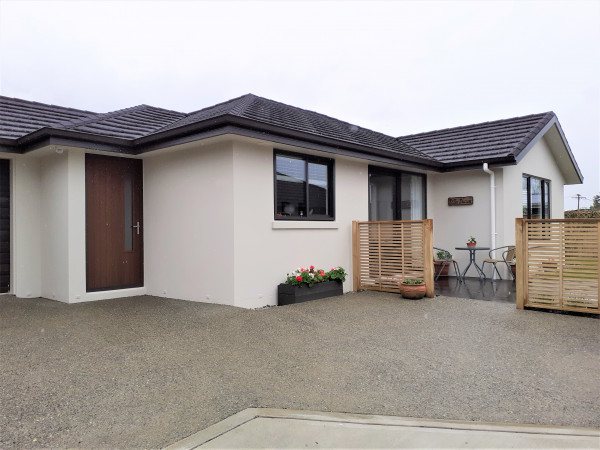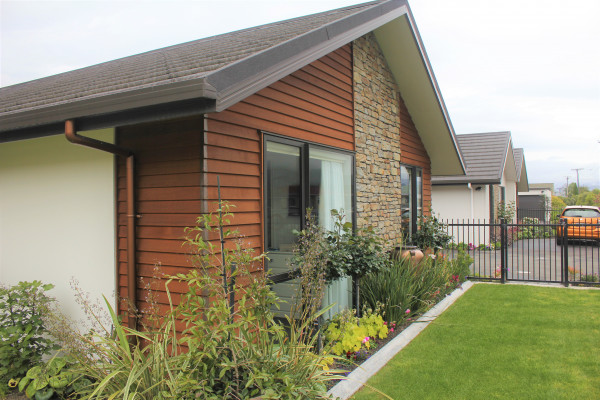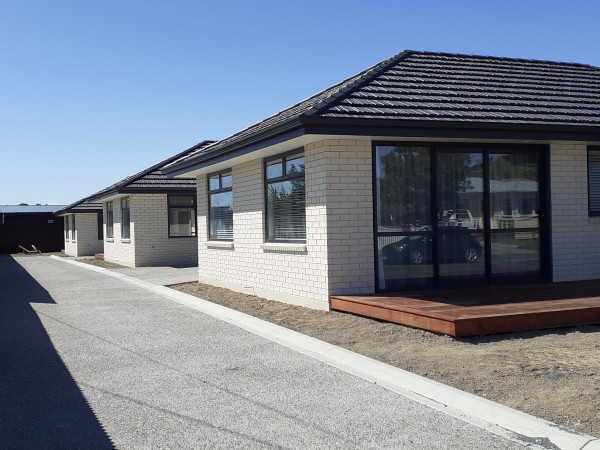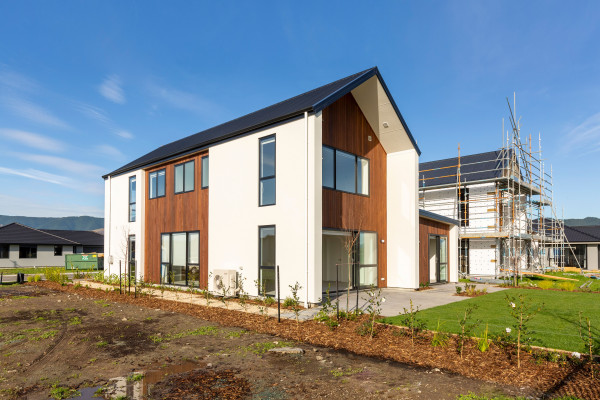Nelson Tasman Future Development Strategy Implementation Plan 2023 was adopted in November 2023 supersedes the Intensification Action Plan.
Download and read the Implementation Plan. (pdf 1.1 MB)
The Intensification Action Plan is a sub strategy of the Future Development Strategy. The action plan examines ways in which Council can enable intensification and sets out specific actions with timescales and departmental owners.
The action plan will help implement the Nelson Tasman Future Development Strategy and in particular its recommendation that 40% of the capacity provided for housing to 2048 should be by ‘building up’, i.e. intensification.
The intensification action plan, with a supportive investment plan, will not only help implement the Future Development Strategy but will also inform other Council plans prepared under the Resource Management Act (RMA) and Local Government Act (LGA).
 The figure above is from the Intensification Action Plan - August 2020.pdf (pdf 3.2 MB)
The figure above is from the Intensification Action Plan - August 2020.pdf (pdf 3.2 MB)
Generally in New Zealand, it is the replacement of lower density housing with medium density housing on an already developed site or the new development of a greenfield site with medium density housing. The density itself will vary according to location nationally, with our cities having the highest densities. Intensification can take both ‘infill’ and ‘redevelopment’ forms.
‘Infill’ is usually where a section is subdivided and an additional dwelling(s) is added, often to the rear, as shown in the local example below:

‘Redevelopment,’ another form of intensification, is where the original house is removed from the section and is replaced with a number of attached units, as shown in the local example below: 

The Future Development Strategy Implementation Plan (pdf 1.1 MB) superseded the action plan in November 2023.
Intensification is already possible using existing rules of the Resource Management Plan in a large number of towns in the District. New rules that enable denser development still are currently operational around Richmond town centre.
View a guide to these new rules:
The Future Development Strategy proposes another area in Richmond and parts of Motueka, Wakefield and Brightwater for intensification in the future.
View a guide to help you determine if you need a building consent:
The action plan identifies four main contributors to achieving increased intensification in identified Tasman towns. These contributors are housing preferences, regulation, infrastructure and costs. Council actions are prioritised in the plan in order of cost effectiveness, with a colour coded system; red, orange and green, with green being the least costly and potentially effective in terms of meeting the goal of increased intensification.
Costs of implementing the actions vary considerably. Some do not need further resources. Others amount to significant investment by Council in e.g. infrastructure and some of these will be proposed in the Long Term Plan (LTP) 2021 – 2031. See the summary of actions. (link going to table)
Did you know that you can already obtain a discount on your development contributions (Council fees) of up to 50% for a small or minor dwelling? A small or minor dwelling is less than 110 sq m floorspace and 3 or less bedrooms. This has been available since 2018 and the policy was further refined as part of the Long Term Plan 2021-2031.
The working group will meet regularly to assess progress on the actions. The plan itself will be reviewed every three years, alongside reviews of the Future Development Strategy and the Long Term Plan. We will also continue to monitor housing intensification proposals within zones areas, so we can keep an eye on the level of uptake.

“We moved into our new home… from Wakefield.. We looked around Nelson and Tasman extensively and opted to try a completely different lifestyle, finally purchasing this luxurious Townhouse in The Fields. We absolutely love living here. The new home is close to Richmond town centre and all the cycle trails. …It is exceptionally warm and comfortable. ….Purchasing the Townhouse is one of the best decisions we have made. This new home really works for us, it is easy to maintain and is a lovely home to live in.” T.N. Richmond 2020
“If the Croucher St/D’Arcy St area is going to be the prime intensive part of Richmond, then make the rules really permissive, for intensive housing, and the market will naturally respond” A.S. Nelson, 2020

“I’m in the prime spot in the whole of Richmond....I can put the jug on, go over the road and buy the milk and I’m back before the jug has boiled.” R.F. Richmond, 2020
“It’s all about location and convenience – the health benefits too of walking to the shops and buying fresh food” J.S. Richmond 2020

“The best thing about our new home is the easy walk to town, for the Mall, medical centre, library and shops and also the convenience of the bus stop nearby to get into Nelson” K.L. and B.L. Richmond, 2020
“Boutique housing (individually designed) is expensive. To help bring house prices down we need to use modular construction methods and replicate design” G.D. Nelson, 2020

“The two storey house just makes sense because it makes the most out of the available space on a small section and the lack of maintenance is definitely attractive as well. We absolutely won’t miss a bigger section because of the council reserves and open spaces that are nearby and well connected with foot and cycle paths so that the kids can roam around safely beyond the garden fence. K.L. Richmond, 2020
Last modified: